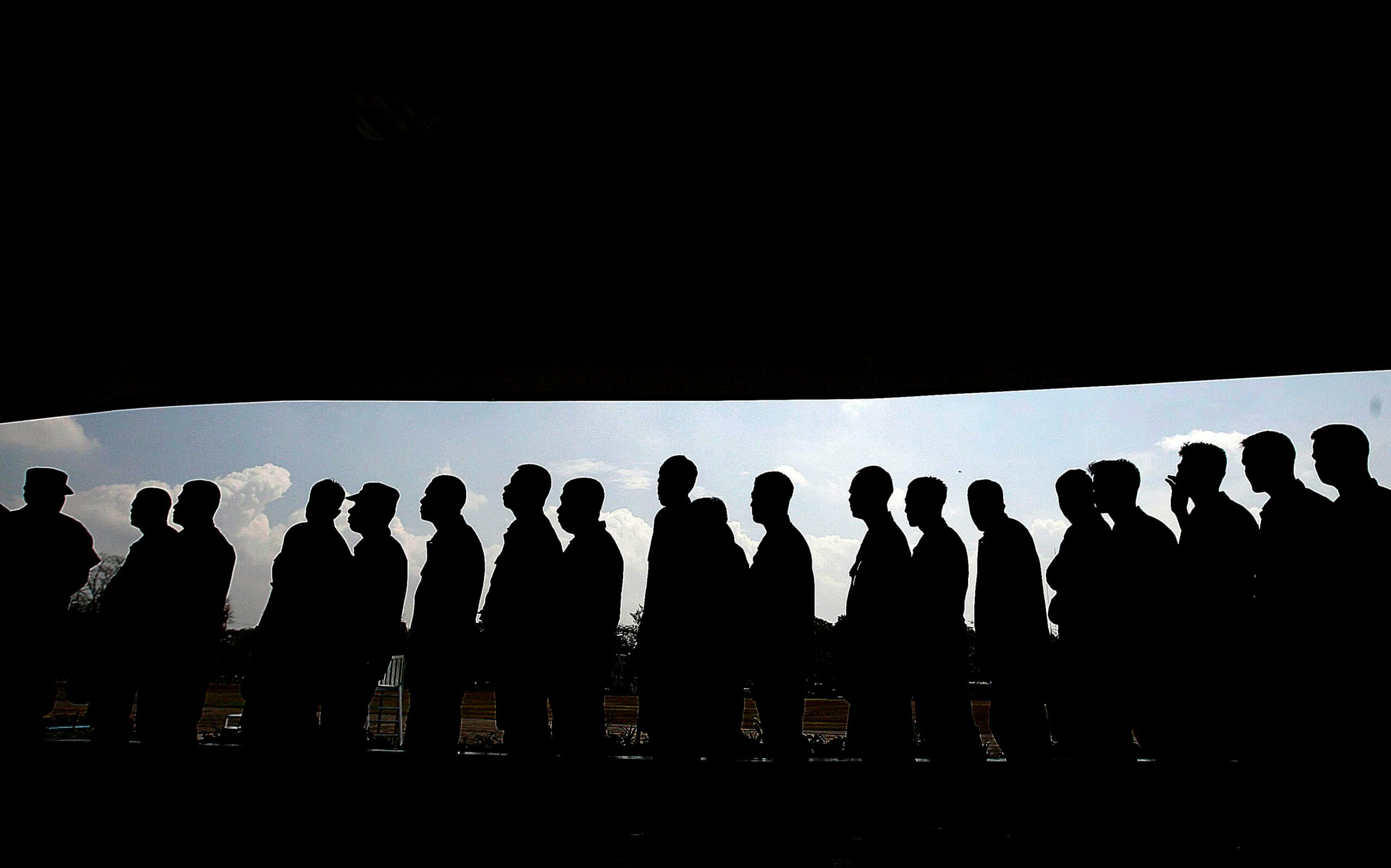When you think of the Grateful Dead, images of tie-dye shirts, psychedelic music, and free-spirited Deadheads dancing at concerts might come to mind. But did you know this iconic rock band from the 1960s played a pivotal role in shaping the internet and social media as we know it today? Long before Facebook, Twitter, or TikTok, the Grateful Dead and their devoted fans were building the foundations of online communities, user-generated content, and digital collaboration. In this post, we’ll dive into how a band known for its improvisational jams and counterculture ethos became an unexpected pioneer of the digital age, as highlighted in a recent BBC Future article. Let’s explore this fascinating intersection of music, technology, and community.
The Grateful Dead: More Than Just a Band
Formed in 1965 in Palo Alto, California, the Grateful Dead started as a local blues outfit called the Warlocks before evolving into a cultural phenomenon. Led by guitarist Jerry Garcia, the band blended rock, blues, jazz, folk, and psychedelia, creating a sound that was as eclectic as their fanbase. Known as Deadheads, their fans weren’t just concertgoers; they were a tight-knit community who followed the band from city to city, trading tapes of live performances and building a lifestyle around the Dead’s music.
The Grateful Dead didn’t just play music they embraced experimentation in every sense. From their groundbreaking sound systems to their willingness to let fans record concerts, the band was always pushing boundaries. This openness to innovation made them a magnet for tech enthusiasts, many of whom were Deadheads themselves. By the 1980s, these fans would help create one of the earliest online communities, setting the stage for the social media platforms we use today.
The Birth of the Well: The First Virtual Community
In 1985, a group of tech-savvy Deadheads launched the Whole Earth ‘Lectronic Link, or the Well, a digital bulletin board system that became one of the first virtual communities. The Well wasn’t just a chatroom; it was a place where people could connect, share ideas, and collaborate in ways that were revolutionary for the time. As the BBC article notes, the Well attracted a diverse group of users, from journalists like John Markoff to entrepreneurs like Craig Newmark (founder of Craigslist) and even Apple co-founder Steve Wozniak. Deadheads were a significant part of this mix, drawn to the platform by their shared love for the band’s music and ethos.
What made the Well so special? It was built on the principle of user ownership, with the login screen famously stating, “You own your own words.” This idea that users should control their content was radical in an era when most technology was top-down and corporate-controlled. The Well’s emphasis on open dialogue and collaboration mirrored the Grateful Dead’s approach to their music and fanbase. The band encouraged fans to record their shows and share tapes, creating a decentralized network of content sharing long before the internet made it mainstream.
Deadheads and the DIY Ethos
The Grateful Dead’s influence on technology went beyond the Well. Their DIY ethos doing things themselves rather than relying on traditional industry structures resonated with early tech pioneers. The band built their own sound systems, like the legendary “Wall of Sound” in 1974, which used 604 speakers and 26,400 watts to deliver crystal-clear audio to massive crowds. This commitment to innovation inspired Deadheads, many of whom were engineers, coders, and inventors, to experiment with technology in new ways.
One key aspect of the Grateful Dead’s approach was their attitude toward intellectual property. Unlike most bands, they didn’t tightly control their music. By allowing fans to record and share live performances, they created a culture of openness that anticipated the internet’s ethos of free information exchange. This was a stark contrast to the music industry’s later battles over file-sharing platforms like Napster. As technology analyst Esther Dyson noted in 1994, the future of music would lie in “services and relationships” rather than just selling records a philosophy the Grateful Dead had been practicing for decades.
This fan-driven content sharing wasn’t just about music; it was about building a community. Deadheads traded tapes, organized meetups, and even created their own slang, fostering a sense of belonging that carried over into the digital realm. The Well became a virtual extension of this community, where fans could discuss the band, share bootlegs, and connect with like-minded people across the globe. In many ways, the Well was the precursor to modern social media platforms, where users create and share content to build communities around shared interests.
A Melting Pot of Innovators
The Well wasn’t just for Deadheads it was a hub for some of the brightest minds in technology and culture. As the BBC article points out, its users included a diverse mix of people: journalists, hackers, poets, and even submarine captains. This eclectic group made the Well a breeding ground for ideas that would shape the internet. For example, the founders of Wired magazine were active members, and the platform’s emphasis on user-generated content influenced the development of early websites and forums.
The Grateful Dead’s influence extended to the tech industry’s culture of experimentation. Silicon Valley in the 1980s was a hotbed of innovation, and many of its pioneers were inspired by the band’s willingness to take risks. The Dead’s concerts, with their cutting-edge sound systems and trippy visuals, were like a playground for tech enthusiasts. This spirit of creativity and collaboration found a home on the Well, where users could test new ideas and push the boundaries of what online communication could be.
From the Well to Social Media
So, how did a niche platform like the Well pave the way for giants like Facebook and Twitter? The answer lies in its focus on community and user-driven content. The Well showed that people craved spaces where they could connect with others who shared their passions, whether it was music, technology, or something else entirely. This idea became the foundation of social media, where platforms thrive by letting users create and share their own content.
The Grateful Dead’s approach also foreshadowed the rise of influencer culture and fan-driven marketing. By treating their fans as equals and encouraging them to participate in the band’s ecosystem, the Dead built a loyal following that sustained them for decades. Today, brands and influencers use similar strategies, engaging with their audiences on social media to build trust and loyalty. The Dead’s model of “services and relationships” is now a cornerstone of digital marketing, proving that their influence extends far beyond music.
The Decline of Small Communities
While the Well was a groundbreaking platform, it eventually faced challenges as the internet grew. By 1999, it was acquired by Salon magazine, and its user base began to dwindle as larger platforms like Facebook emerged. As the BBC article notes, these bigger platforms prioritized scale and data collection over the intimate, interest-driven communities of the Well. Today, the Well still exists, but it’s a shadow of its former self, with a small group of loyal users who have been there for nearly 40 years.
This shift reflects a broader trend in social media. Platforms like Facebook and Twitter have made it harder for smaller, niche communities to thrive. The algorithms that drive these platforms often prioritize viral content and advertisements over meaningful connections, making it difficult for users to find the kind of tight-knit communities that defined the Well. Yet, the Grateful Dead’s legacy lives on in the way we think about online interaction. The idea that users should have control over their content and communities is still a powerful one, even if it’s harder to achieve in today’s digital landscape.
Lessons for Today’s Digital World
The Grateful Dead’s influence on social media offers valuable lessons for today’s tech creators and users. First, it shows the power of community-driven platforms. The Well succeeded because it gave users a sense of ownership and belonging, something modern platforms could learn from. Second, it highlights the importance of openness and experimentation. The Dead’s willingness to let fans record their shows and share content created a culture of trust that fueled their success.
Finally, the Grateful Dead’s story reminds us that technology is at its best when it brings people together. The Well wasn’t just a tool—it was a space where people could connect, share ideas, and build something bigger than themselves. As we navigate an increasingly complex digital world, we can look to the Dead and their fans for inspiration on how to create meaningful online communities.
Preserving the Legacy
As the BBC article mentions, discussions are underway to archive the Well and preserve its history for future generations. This effort underscores the platform’s importance as a milestone in the evolution of the internet. The Grateful Dead’s influence continues to resonate, not just in music but in the way we connect online. Their story is a reminder that innovation often comes from unexpected places—like a psychedelic rock band from San Francisco.
In 2025, as we celebrate the Grateful Dead’s 60th anniversary, their legacy as tech pioneers is more relevant than ever. From the Well to modern social media, their influence can be seen in the way we share, connect, and build communities online. So, the next time you post on Instagram or join a Reddit thread, take a moment to thank the Grateful Dead. They may not have invented the internet, but they helped make it a place where communities could thrive.
Sources: BBC Future, “How the Grateful Dead shaped social media,” June 18, 2025; Wikipedia, “Grateful Dead”; Wired, “Call Them Hippies, But the Grateful Dead Were Tech Pioneers,” July 3, 2015.



